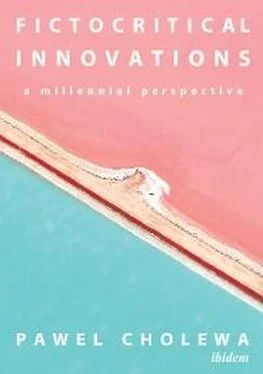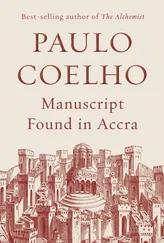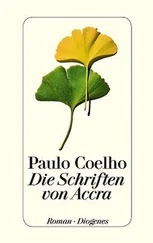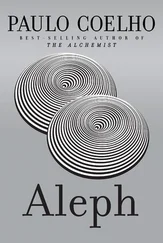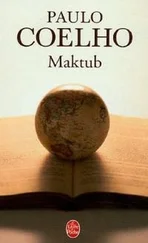To reiterate, and to properly prepare the reader for what is to come, I assert that fictocriticism deserves further academic attention and investigation, and what I believe to be the most interesting and/or challenging aspects at the cutting edge of the debate surrounding fictocriticism is its unclassifiable nature and its potential technological innovativeness. During the course of this explorative discussion, I canvas many different positions in the fictocritical debate, almost all of which are vastly interconnected (or vastly disconnected), depending on how they are examined. I contend that the central motifs, mission and contribution of this book is in its exploration of fictocriticism’s chameleonic nature and its growing (futuristic) tendency towards electronic mediums. The first three sections of this study intentionally and gradually synthesise these complex issues and build towards the overarching notion that four individual theses are needed to detail the separate folios of the emergent argument and to provide context for the creative writings. The fourth thesis coheres the various arguments.
Fictocriticism can be described as a hybrid-style of writing that is both fictional and critical, a genre of writing that is naturally theoretical, personal or personalised and professional, (Schlunke and Brewster 393). It has been considered a ‘buzzword’, on the fringe of mainstream literature, ‘meta’ and postmodern in nature and form, format and execution or delivery. It has also been referred to as “a refusal of any steady border between genres” (Trottier 1), a mode (or collage) of thought “gently flapping, between experience and interpretation” (Kerr and Nettelbeck 109), “a textual no-man’s land” (Dawson 139), “a writing of compounds and mutations, a hybrid writing which is not just any one thing, but not any one thing” (White et al. 10-11), an “inchoate category” (Schlunke and Brewster 393) that allows or permits one to really disperse oneself and the ‘I’.
This book involves two very distinct and different perspectives, each of which has a unique ‘voice’ and persona: the four-part creative component is recounted by a self-conscious creative informal self in four folios; while the four theoretical theses, which dissect the creative folios and explore the fictocritical strategies, are written with the more clinical and formal voice of a literary scientist, referred to as the analytical self. It was necessary to develop a sense of estrangement between these two personas, to split the author and researcher, (myself, Pawel Cholewa), into these two diverged voices. This is done to be consistent with, and to further the notion of fictocriticism being “double-voiced” (Kerr 93).
Double-voicedness is a key feature within the context of fictocriticism, and it requires some expounding. Double-voicedness is about subtext: the voice on top and the voice on the bottom, or the voices of the writer speaking side-by-side. They are the yin and yang of duality within the context of writing. One is generally creative, the other critical. One is about poeticism and storytelling, the other is about critique, social commentary, philosophy or concrete theory. They can be integrated, work in tandem, or contrast and reverberate off one another dichotomously. They are the tangible and the intangible, working with, against or through one another.
My separation between creative self and analytical self, in the folios and theses of this work, makes this literary technique and function very obvious and literal. This deliberate estrangement of personas, the development of a schism between creative self and analytical self, also enables the subtleties of double-voicedness to be better seen and more clearly recognised in the creative folios.
For obvious reasons, it is generally quite difficult to write about oneself. If my ‘self’ is going to be interesting, it has to be vulnerable to change. The analytical self in the theses, recorded in the third-person, is armour-plated in dealing with new emerging problems and innovations of fictocriticism. The creative self (or selves), most often in the state of confessing in the first-person, can be guarded at times, but change dramatically over the course of the work. The creative self is not safeguarded to the point that it is immobile. The point of this is to remove the armour carried around with us. The narrative arc, as well as the multitudinous perspectives in the writings, show this. Both diverged selves, just as my own complete persona, change through the process of this exploration. I am not the same researcher or creative writer as I was at the outset of my PhD in 2013, nor do I necessarily hold to the same views and opinions I held between the ages of 25 and 30 (2013–2017); these views and opinions are more so in the creative act of venting/catharsis.
To assist in comprehending the complexity and nature of these ‘selves’ and their (correlating) diverged sections, a brief list of the terminology used in this book, is provided prior to this introduction, on page 13. It may be easier to think of fictocriticism, not as a literary genre, but more as a way to process thought—“a strategy for writing” (Kerr and Nettelbeck 4). The majority of explanations of fictocriticism, my own attempts included, are inconclusive. They either overcomplicate the idea, or the language used to describe it is too figurative or metaphorical. Hazel Smith’s explanation in “The Erotics of Gossip: Fictocriticism, Performativity, Technology” (2009) is well-balanced in that sense and probably the best description found so far to explain the concept:
fictocriticism juxta-poses creative and academic writing environments, and breaks down their separation and autonomy. Fictocritics may, for example, insert, imply, or elucidate theoretical ideas within creative work without feeling the pressure to transform those ideas into entirely fictional or poetic texts. Such texts can take many different forms, but may often be experimental and discontinuous: for example, fictional or poetic sections are juxtaposed with theoretical interjections so that they reverberate with each other. Or, fictocritical critics may attempt to disrupt the formality of the academic essay with strategies such as crossing of genres, collage, non-linearity, wordplay, anecdote, or use of the first person. (1001-02)
The initial and primary appeal of fictocriticism was its resistance to having any kind of authority dictated over its form, a creative structure that aspires to the convenience of being inherently freeform (Gibbs 310): “There is no specific way to write fictocritically” (Naismith 24). Fictocriticism is referred to as a genre that is about “personal journey and storytelling” (Hancox and Muller 149) and that “the form is part of the message” (Flavell 186). It is an unorthodox writing technique because of the level of literary iconoclasm. To offer any deep level of critical explanation or attempting to cage the creative work within any kind of accepted writing parameter goes against the grain and meaning of its intention as a literary form of writing or ‘device’—a tool for the erratic construction and personalised investigation of journal-like ‘meaning’ (Flavell 29).
When fictocriticism appears in anthologies, articles, in the introductions of theses and the like, it is usually something that is explained fictocritically, which is typically personalised, abstracted and mixed in style, genre, form, etc. Yes, “ficto-criticism is indeed a slippery and contradictory category” (Flavell 126). But this is what makes it such an exuberant and stimulating mode. Furthermore, it is particularly useful in being able to construct a fragmentary narrative that is in part abstract, creative and autobiographical but then also a narrative(s) which features some critique regarding the explicit themes or issues addressed. Fictocriticism allows a writer to ebb, flow and move through and between these different primary voices to render a richer narrative.
Читать дальше
